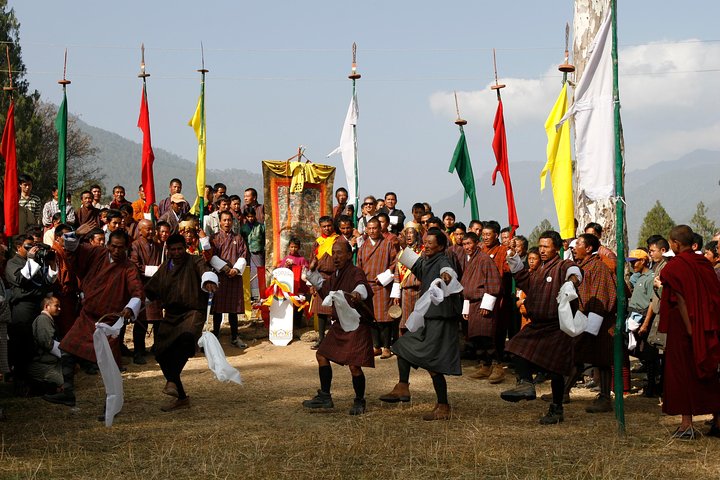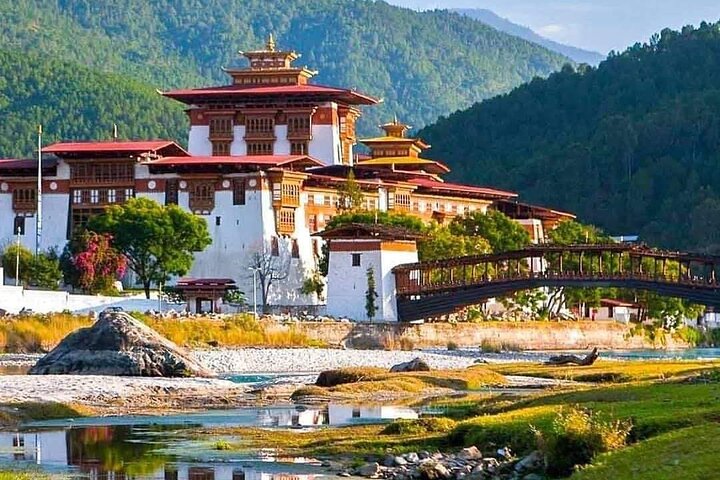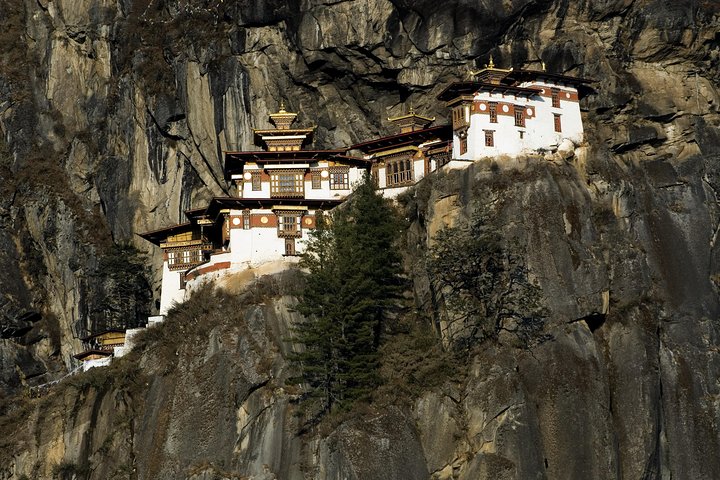Discovering Bhutan: A Sustainable Journey Through Pristine Forests and Rich Culture
Drawn by Bhutan’s commitment to sustainability, I embarked on a 7-day cultural tour through its pristine forests and ancient temples. The experience was a profound journey into the heart of a country that balances tradition with modernity.
A Journey into Bhutan’s Heart
From the moment I arrived at Paro International Airport, I was enveloped by the serene beauty of Bhutan. The air was crisp, and the landscape was a lush tapestry of green, a testament to the country’s commitment to maintaining its forest cover. Bhutan is the only carbon-negative country in the world, and as someone who has spent years advocating for sustainable tourism, this was a dream come true.
My journey began with a visit to the National Museum of Bhutan, housed in the ancient Paro Ta Dzong. The museum’s collection of artifacts and artworks offered a glimpse into Bhutan’s rich cultural heritage. As I wandered through the exhibits, I was struck by the country’s dedication to preserving its traditions while embracing modernization in a sustainable manner.
The drive to Thimphu, Bhutan’s bustling capital, was a scenic delight. The highlight was the Buddha Dordenma, a magnificent bronze statue overlooking the valley. Standing before it, I felt a profound sense of peace and connection to the land. This was just the beginning of my journey into Bhutan’s heart.
Embracing Bhutanese Culture
The next few days were a whirlwind of cultural immersion. My guide, Sonam, was a fountain of knowledge, bringing the history and stories of each site to life. Our hike to the Tango Monastery was a particular highlight. The trail wound through pristine forests, and as we ascended, the views became increasingly breathtaking.
At the National Institute for Zorig Chusum, I witnessed the dedication of young Bhutanese artists learning the 13 traditional arts and crafts. It was heartening to see the government’s efforts to keep these traditions alive, ensuring that future generations can appreciate and continue Bhutan’s cultural legacy.
In Punakha, the majestic Punakha Dzong stood as a testament to Bhutanese architecture and craftsmanship. The intricate woodwork and sacred wall paintings were awe-inspiring. Walking across the Punakha Suspension Bridge, I marveled at the harmonious blend of nature and human ingenuity.
Nature’s Embrace in Phobjikha Valley
Our journey continued to the Phobjikha Valley, a haven for nature lovers. The Gangtey Nature Trail offered a chance to immerse myself in the valley’s beauty. The trail meandered through meadows and traditional village houses, providing a glimpse into the lives of the local people.
The highlight of my time in Phobjikha was the visit to the Gangtey Monastery. Perched on a hill, the monastery offered panoramic views of the valley below. It was a moment of reflection and gratitude for the opportunity to experience such unspoiled beauty.
As my journey came to an end, I hiked to the iconic Paro Taktsang, or Tiger’s Nest. The monastery clings to a cliff, and the hike was both challenging and rewarding. Standing at the top, I felt a deep connection to the land and its people.
Bhutan’s commitment to environmental sustainability and cultural preservation resonated with me deeply. This journey was more than just a trip; it was a reminder of the importance of protecting our planet and its diverse cultures. Bhutan has captured my heart, and I know I will return to this magical kingdom.















































